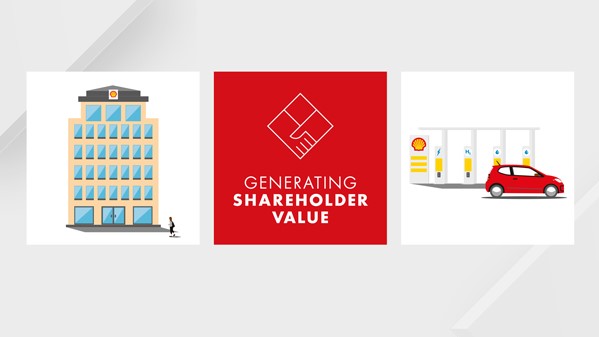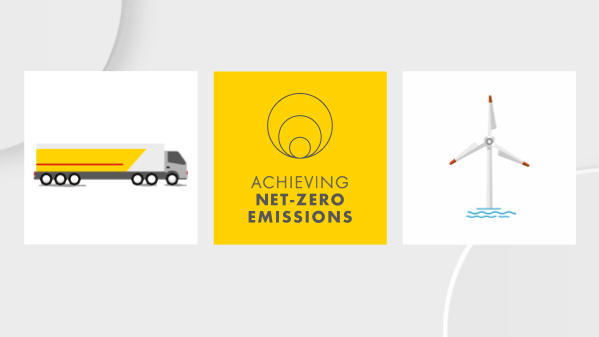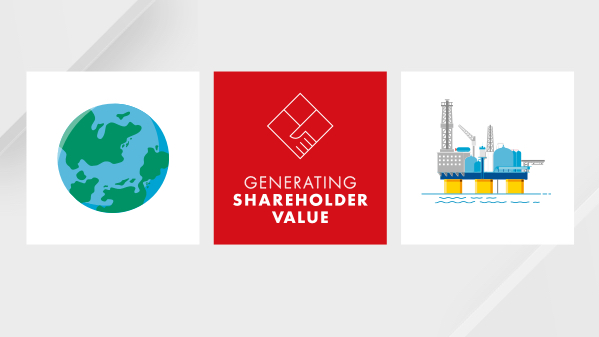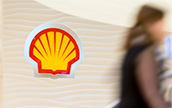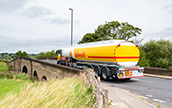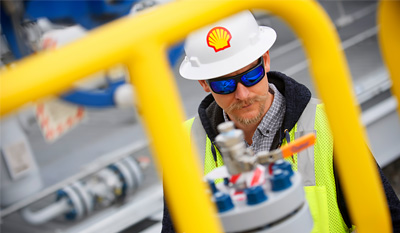Performance indicators
These indicators enable management to evaluate Shell’s performance against our strategy and operating plans during the year. These are also used as part of the determination of Executive Directors’ remuneration. See “Directors’ Remuneration Report”.
Financial delivery
Click the box for more information.
Cash flow from operating activities ($ million)
Cash flow from operating activities is the total of all the cash receipts and payments associated with our sales of oil, gas, chemicals and other products. The components that provide a reconciliation from income for the period are listed in the “Consolidated Statement of Cash Flows”. This indicator reflects our ability to generate cash to service and reduce our debt and for distributions to shareholders and for investments.
Free cash flow ($ million)
Free cash flow is the sum of “Cash flow from operating activities” and “Cash flow from investing activities”, which are disclosed in the “Consolidated Statement of Cash Flows”. This indicator is used to evaluate the cash available for financing activities, including shareholder distributions and debt servicing, after investment in maintaining and growing our business.
Return on average capital employed (%)
Free cash flow is the sum of “Cash flow from operating activities” and “Cash flow from investing activities”, which are disclosed in the “Consolidated Statement of Cash Flows”. This indicator is used to evaluate the cash available for financing activities, including shareholder distributions and debt servicing, after investment in maintaining and growing our business.
Total shareholder return (%)
Total shareholder return (TSR) is the difference between the share price at the beginning of the year and the share price at the end of the year (each averaged over 90 days), plus gross dividends delivered during the calendar year (reinvested quarterly), expressed as a percentage of the share price at the beginning of the year (averaged over 90 days). The data used are a weighted average in dollars for A and B shares. The TSRs of major publicly traded oil and gas companies can be compared directly, providing a way to determine how we are performing relative to our industry peers.
Operational excellence
Click the box for more information.
Upstream controllable availability (%)
Upstream controllable availability performance reflects our ability to optimally run our Upstream assets. Reliability issues, turnarounds and maintenance at own-operated or third-party facilities all impact controllable availability, but it excludes the impact of extreme unexpected events that are outside our control such as government restrictions and hurricanes.
Midstream availability (%)
Midstream availability shows to what extent liquefied natural gas (LNG) assets are ready to process product as a comparison with capacity, considering the impact of planned and unplanned maintenance.
Refinery and chemical plant availability (%)*
Refinery and chemical plant availability is the weighted average of the actual uptime of plants as a percentage of their maximum possible uptime. The weighting is based on the capital employed, adjusted for cash and non-current liabilities. This indicator is a measure of the operational excellence of our refinery and chemical plant facilities.
Project delivery on budget (%)
Project delivery reflects our capability to complete major projects on time and within budget on the basis of the targets set in our annual business plan. Project delivery on schedule measures the percentage of projects delivered on schedule. Project delivery on budget reflects the aggregate cost against the aggregate budget for those projects, where a figure greater than 100% means over budget.
Progress in energy transition
Click the box for more information.
Upstream and Integrated Gas greenhouse gas (GHG) intensity (tonnes of CO2 equivalent/tonne of hydrocarbon production available for sale)
Upstream/midstream GHG intensity is a measure of GHG emissions (direct and indirect GHG emissions associated with imported energy, excluding emissions from exported energy), expressed in metric tonnes of CO2 equivalent emitted into the atmosphere per metric tonne of hydrocarbon production available for sale.
Refining GHG intensity (tonnes of CO2 equivalent/UEDC™)
Refining GHG intensity is a measure of GHG emissions (direct and indirect GHG emissions associated with imported energy, excluding emissions from exported energy), expressed in metric tonnes of CO2 equivalent emitted into the atmosphere per unit of Utilised Equivalent Distillation Capacity (UEDC™). UEDC™ is a proprietary metric of Solomon Associates. It is a complexity-weighted normalisation parameter that reflects the operating cost intensity of a refinery based on the size and configuration of its particular mix of process and non-process facilities.
Chemicals GHG intensity (tonnes of CO2 equivalent/tonne petrochemicals produced)
Chemicals GHG intensity is a measure of GHG emissions (direct and indirect GHG emissions associated with imported energy, excluding emissions from exported energy), expressed in metric tonnes of CO2 equivalent emitted into the atmosphere per metric tonne of steam cracker, high-value petrochemicals production.
GHG abatements (thousand tonnes of CO2 equivalent)
This is the total mass of GHG emissions reduced by interventions that lead to sustained drops in emissions. By sustained drops, we mean that each intervention ensured emissions were lower for the given year, and there was a reasonable expectation that emissions would continue to be lower because of the intervention, all things being equal. This is a new metric for 2021.
Safety
Click the box for more information.
Serious injury and fatality frequency (cases per 100 million working hours)
Serious Injury and Fatality (SIF) is defined as a serious work-related injury or illness that resulted in fatality or a life-altering event, which is defined as a long-term or permanent injury or illness with significant impact on daily activities.
See “Environment and society”.
Number of operational Tier 1 and 2 process safety events
A Tier 1 process safety event is an unplanned or uncontrolled release of any material, including non-toxic and non-flammable materials, from a process with the greatest actual consequence resulting in harm to employees, contract staff, or a neighbouring community, damage to equipment, or exceeding a threshold quantity, as defined by the API Recommended Practice 754 and IOGP Standard 456. A Tier 2 process safety event is a release of lesser consequence.
See “Environment and society”.

